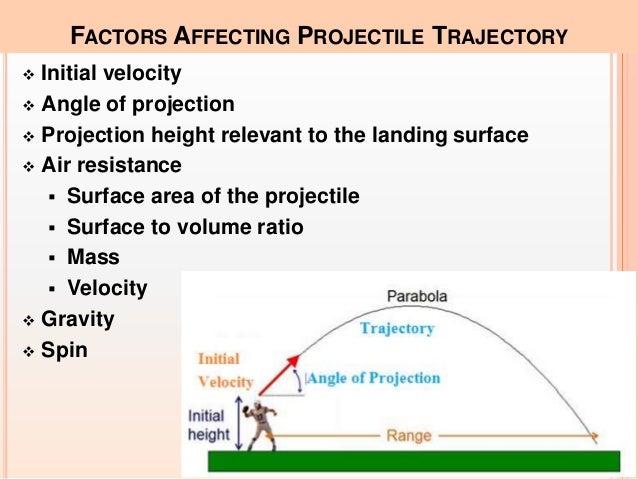I have video information on the kick serve but none on the 'twist' serve.
I see the racket rising in the three frames before, during and after impact.
Your receiver's view camera arrangement can show the bounce to the side for the kick serve. For the receiver, the bounce appears to the left and for the server, the bounce appears to the right. The direction of the bounce shows up best if the camera is aligned with the trajectory at the bounce.
Here is impact and the trajectory. The camera is hand held and was moving around during the video clip.
The bounce or closest to the bounce. Because of the moving camera, the location of the ball's trajectory to the court is most accurate in this one picture.
Rising ball.
I believe that the ball might have appeared like this and still might have had a little bounce to the left, but I think it had no left bounce. Repeat, camera looking along the trajectory at bounce to improve accuracy for seeing any bounce to the side. Camera behind server looking along the trajectory will show direction of bounce also. With wide angle lens on a smart phone - ?
The leftward bounce comes about because of the large tilt on the spin axis. See post #11. Buy reference
Technical Tennis and look at the location of the racket on the ball. Take a racket and ball and see the tilt on the racket to first contact the top half of the ball.
I believe
the serve above is a top spin serve and that the racket was not closed at impact using that technique. The racket was probably neutral - not closed - at impact. The racket was not tilted forward/closed as for a kick serve at impact.
I have posted on the kick serve and tilt many times.
https://tt.tennis-warehouse.com/ind...jectory-off-the-racquet.619786/#post-12416289
Do you ever see the ball bounce to the side - to right for the server or to left for the receiver?







